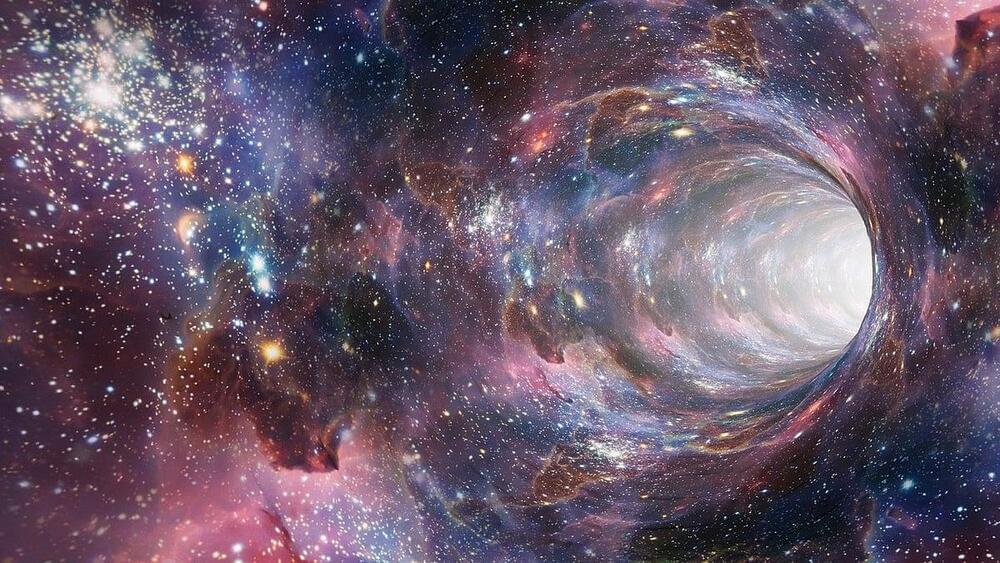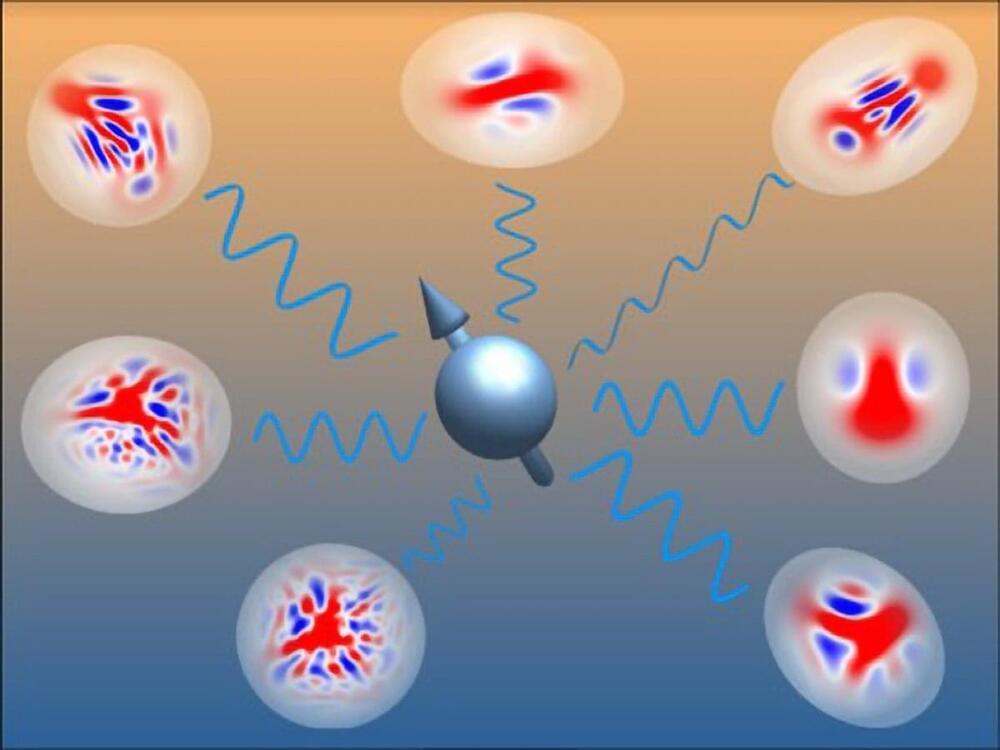Jun 3, 2024
Teleportation of Quantum Particles and Impact
Posted by Dan Breeden in categories: particle physics, quantum physics
Explore the fascinating world of quantum teleportation. Discover its principles, applications, and the profound impact it could have on our future.
Introduction to Quantum Teleportation
Quantum teleportation, a term that sounds like it’s straight out of science fiction, is a very real and advancing field in quantum physics. This groundbreaking technology is not about transporting matter from one place to another but rather involves the transfer of information between quantum particles. This article delves into the science behind quantum teleportation, its potential applications, and the impact it could have on various aspects of our lives.
















